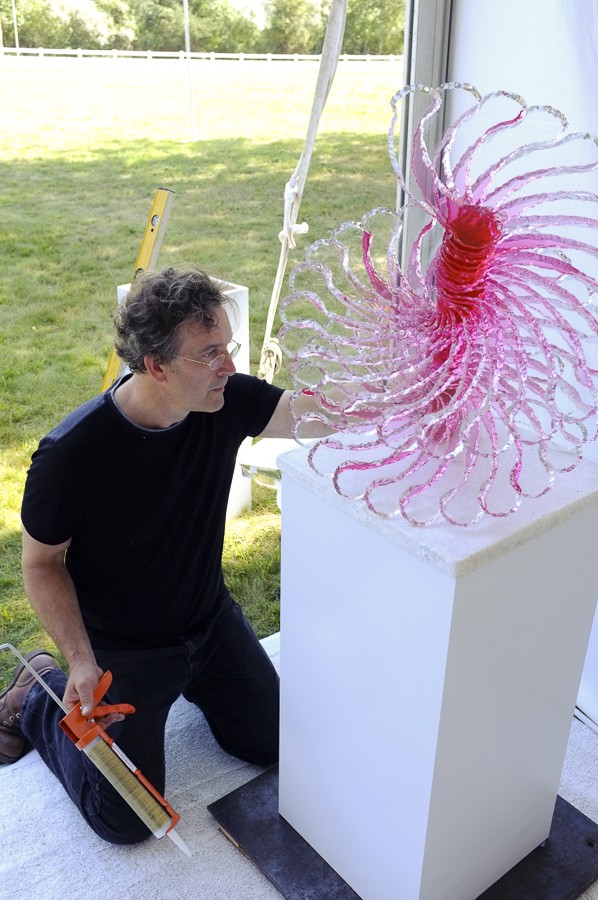Oh dear, was our first thought. But maybe not. Loweth began collecting art eight years ago, educating himself with trips to ArtBasel, and now has a collection of some 80 works. He compares the premium priced artworks of, say, Pablo Picasso or Gerhard Richter with the Nifty Fifty, a reference to 50 hot large-cap stocks in the 1960s that investors were encouraged to buy regardless of price. They may be liquid investments, he explains, but they are also overvalued. Similar to how the Nifty Fifty fell out of favor in the 1970s and 1980s, Loweth predicts a crash in such high-priced artworks. That's not an entirely novel idea, of course. Concerns that an asset bubble exists at the high end of the art market have been discussed repeatedly in the pages of Penta. Check out, for example, our art wrap “Beware the Bubble” (Dec. 3, 2012).
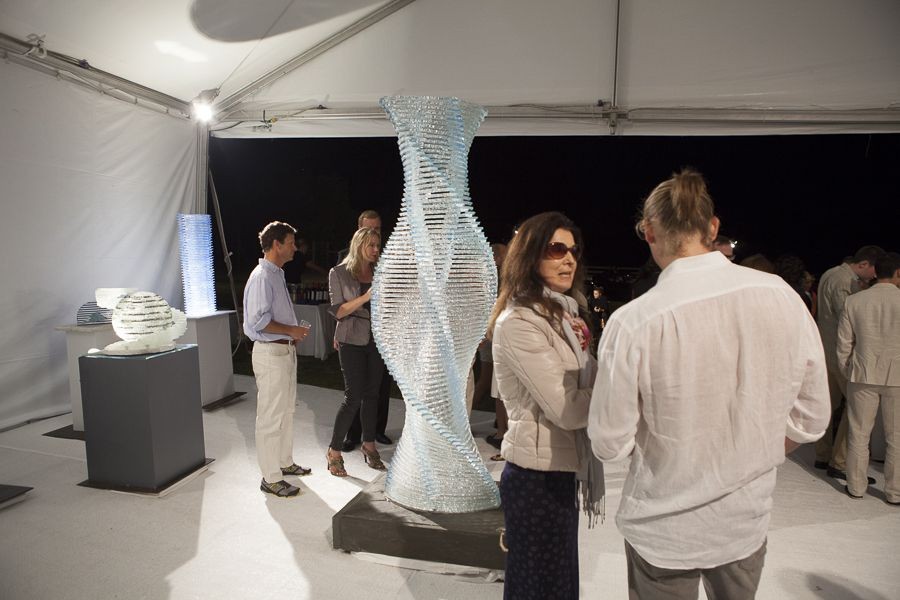
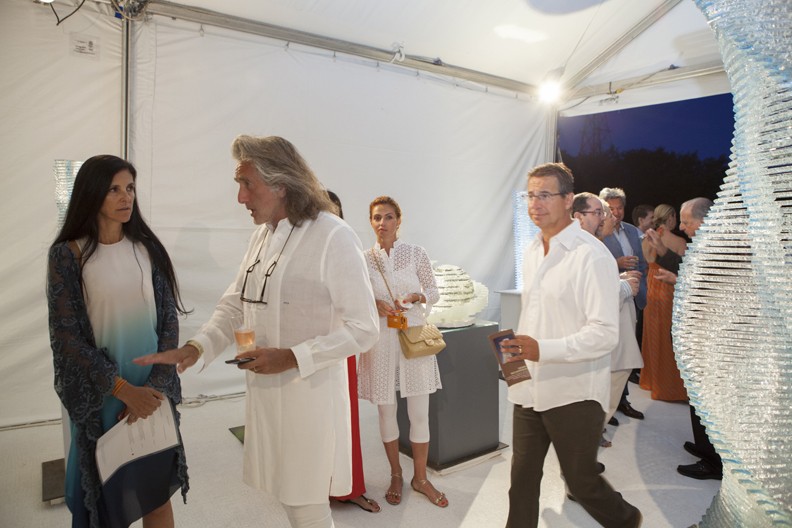
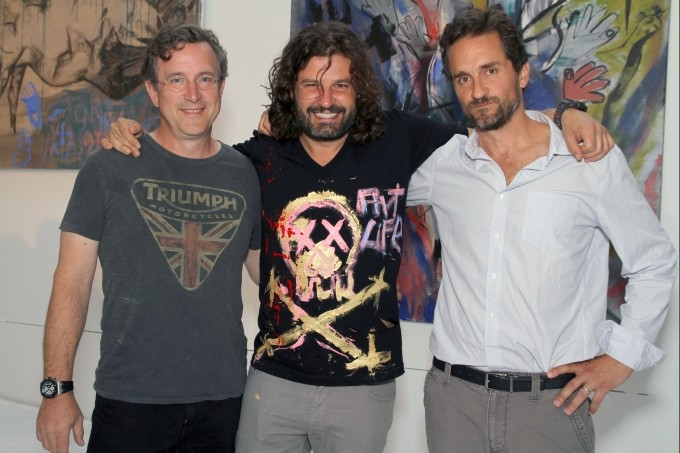
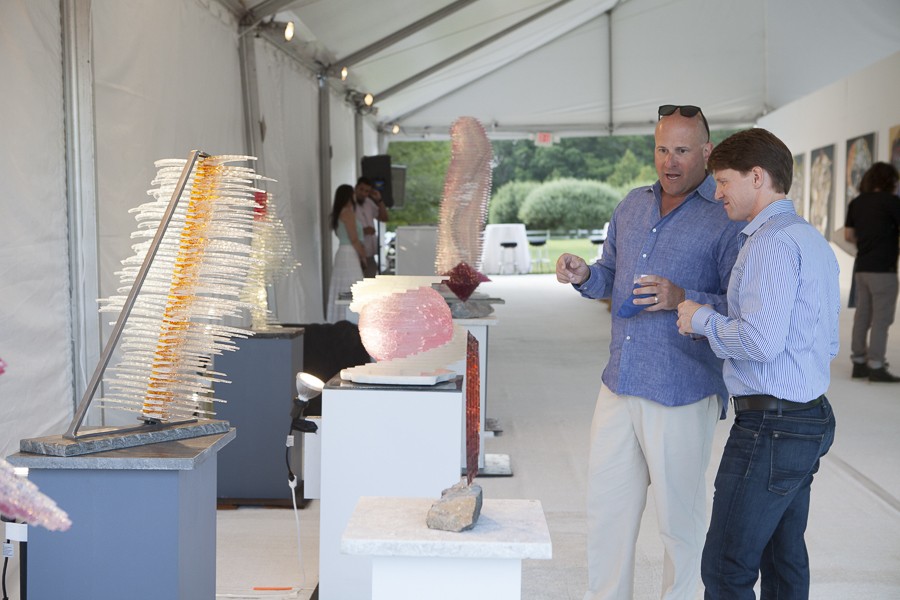
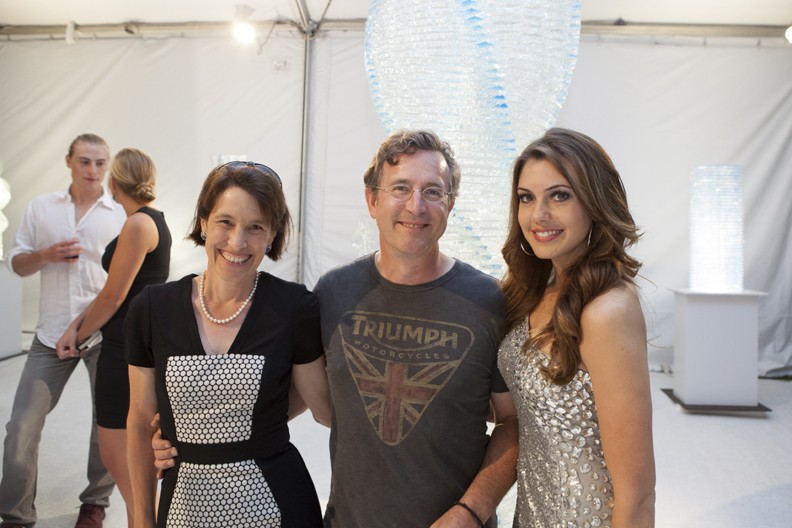
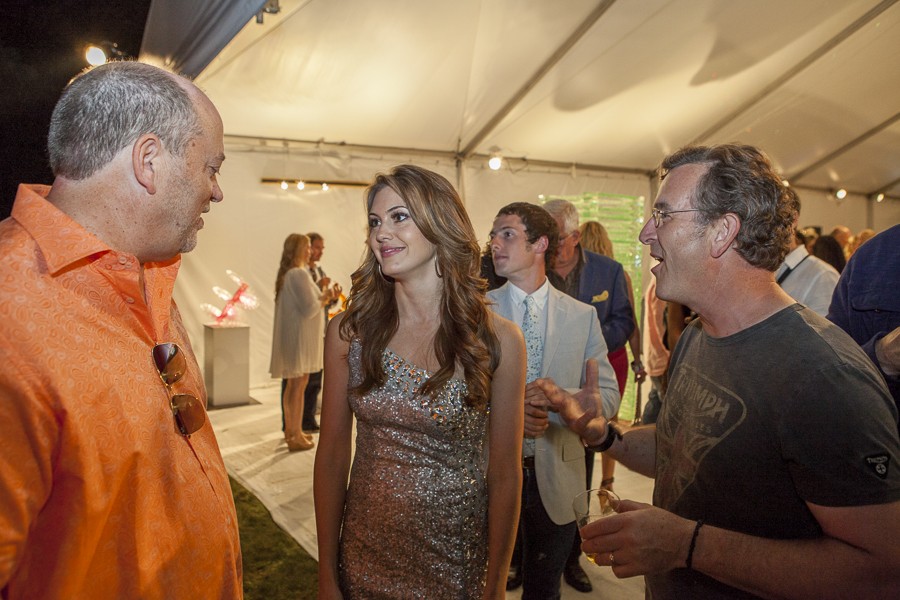
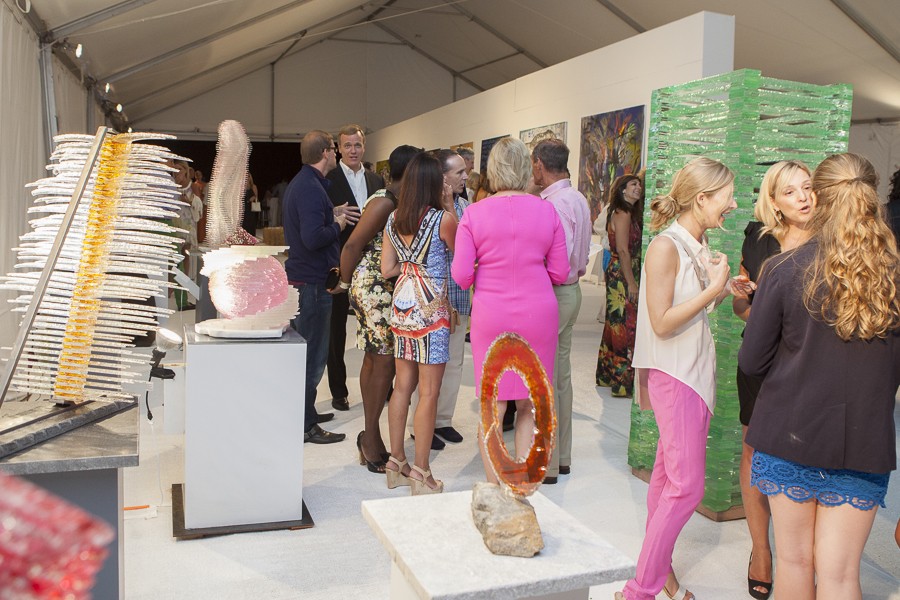
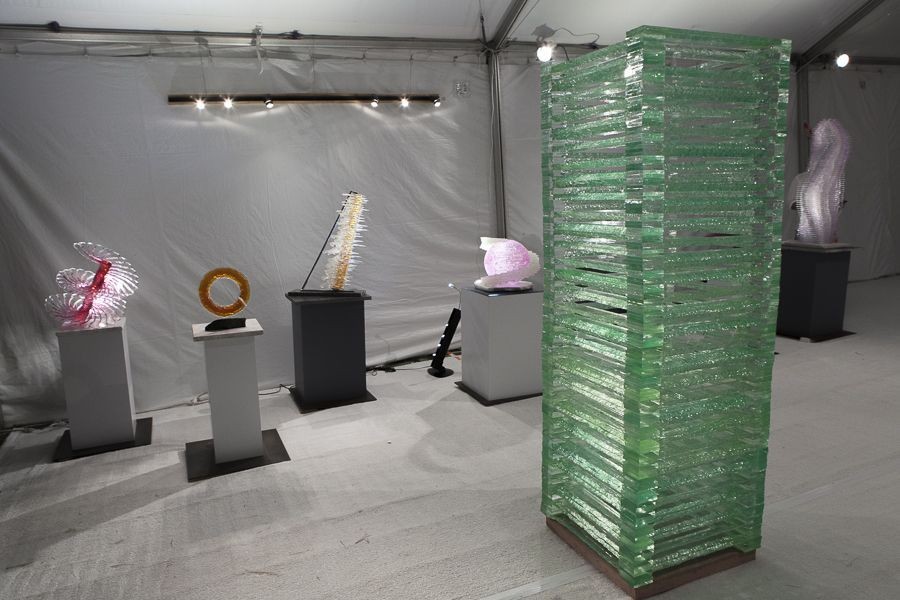
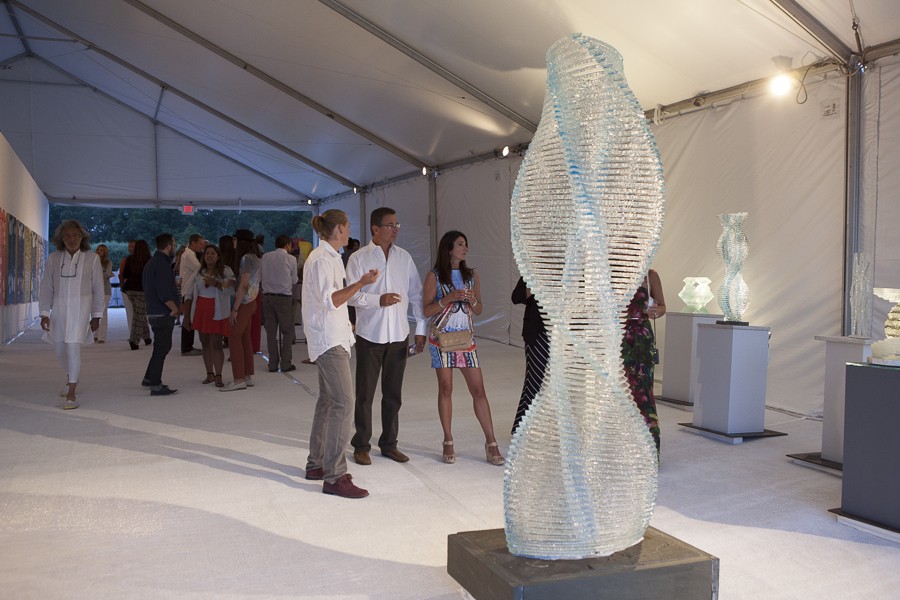
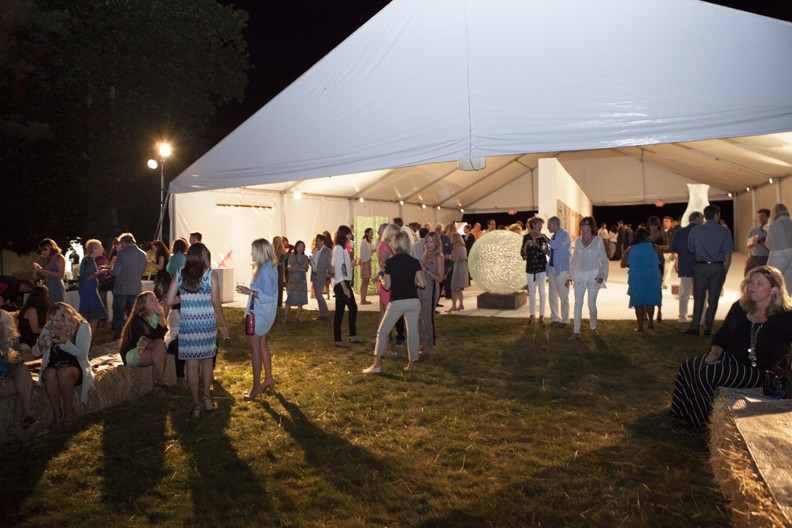
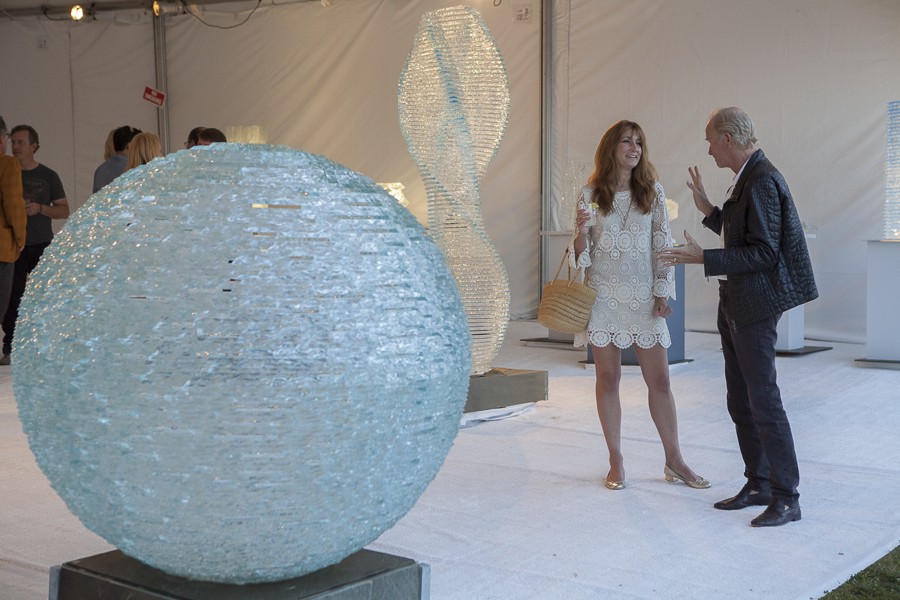
So Loweth, perhaps not unwisely, is instead buying art in the “mid-cap space,” which he defines as the $30,000-to-$75,000 price range. Loweth figures there are 50,000 artists in New York City, with only 500 or so selling pieces above $30,000. If you diversify across 25 artists, he says, and buy what you love, “one of those artists will likely be a star, and you will at least be able to get your money back.”
If his Wall Street career is any indication, Loweth may know something about good entry and exit points. In 2010, he left Diamondback Capital Partners, a hedge fund he co-founded. A few months later, Diamondback was investigated in an insider-trading probe. Neither Loweth nor his two partners were ever implicated in any wrongdoing, but the hedge fund shuttered in January, unable to stay in business after it was fined by the Securities and Exchange Commission for insider trading.
Loweth has since launched his new passion with flare. A couple of weeks ago, he hosted a glamorous art party at his Southampton, N.Y., home. There, amid thumping house music and cocktails, Loweth showcased three emerging artists: Spanish painter Domingo Zapata, with his reinvented cave paintings; plate-glass sculptor Henry Richardson, from Massachusetts; and Richard Dupont, from New York City, a producer of what is called in the biz “post-digital” art, works that have been influenced by modern technology.
Penta and other media were invited to attend the soiree, which was said to draw inspiration from the French art salons of the 18th century. Those served as platforms for judging art and exposing works to the general public. That night, Loweth told us he was trying to reinvent the salons for the 21st century. “If I could throw a party where my friends would get together, see great art, and meet the artists, it would be a great opportunity for them to learn,” he said. Of course, it was also an opportunity for Loweth to increase the value of his own collection. Loweth’s Southampton estate was filled with a continuous stream of Mercedes and BMWs lining his vast lawn, before being scattered throughout the grass by valets. Beneath a tented roof, glasses brimming with wine, the varied works of Zapata, Richardson, and Dupont were showcased.
Loweth not only owns works by the artists he showcased, but he also set an example by purchasing additional pieces at the party. With a portfolio of these “mid-caps” bought early and cheaply, he is talking up his artists and making a market for their works—partly through such buzz-creating lawn parties. Front and center on the grass was, for example, Richardson’s enormous glass orb, colored a gentle turquoise, light gleaming through the glass. Its edges were textured and ridged by a chisel; the tiers of glass cascaded like steps.
Zapata’s The Writing on the Wall—displayed across the tent’s canvas interior—was a series of recreated cave paintings from over 35,000 years ago, made modern by overlaid collages, graffiti, and poetry, the works attempting to capture timeless emotions like love. We know this is so because Zapata held forth on how “life continues on with the same feelings, even as humans themselves change.”
Meanwhile, Dupont’s sculpted polyurethane heads and spotted paintings seemed rather wan and wanting of emotion next to the pieces by Richardson and Zapata, but he clearly has a feel for contrasting mediums and textures, such as casting and painting. If any of these works become large-caps, count on Loweth to keep throwing such parties. That’s because today’s collectors are increasingly coming to the conclusion that promotion is an integral part of building a valuable collection.
